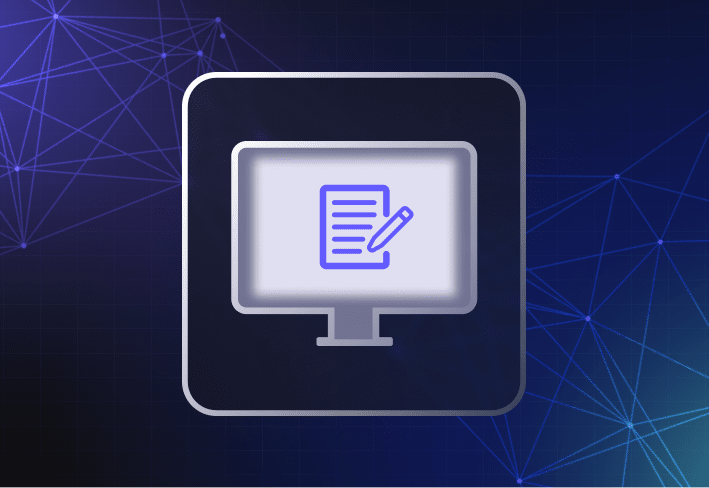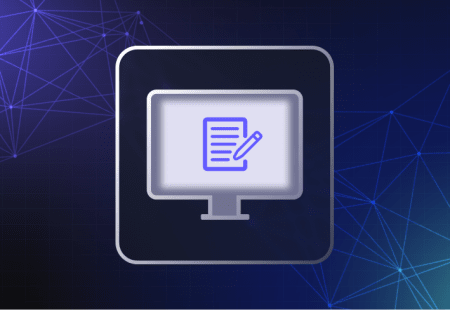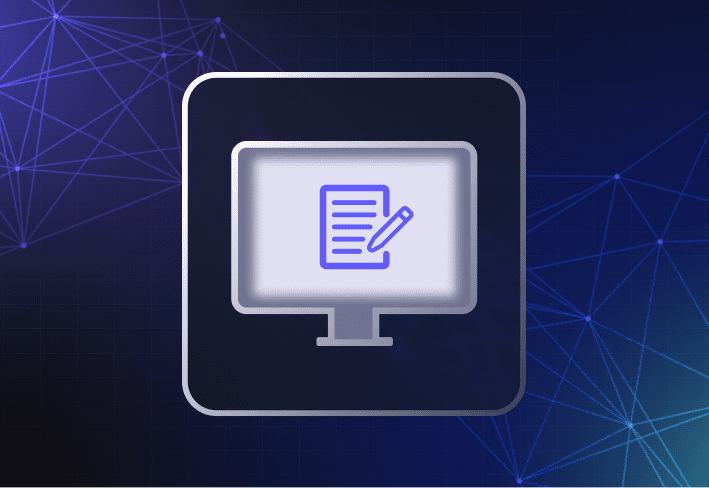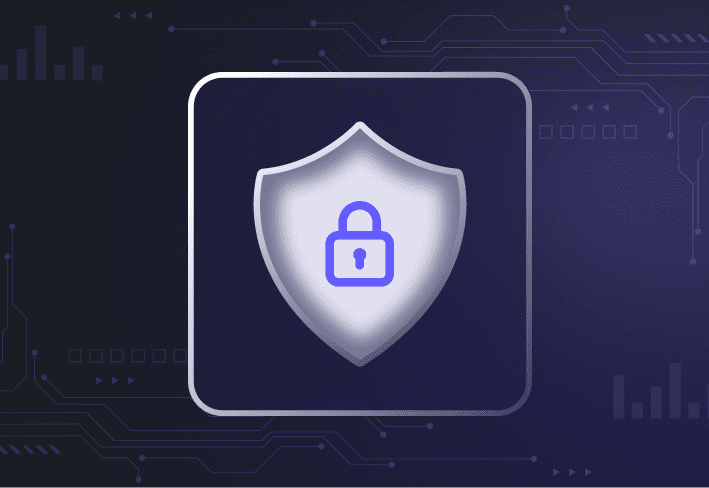What exactly is “the cloud”? Depending on who you ask, you’re likely to get a bunch of different answers. Simply put, the cloud refers to a network of servers (and the software and databases that run on them) that can be accessed over the internet instead of on user devices. By extension, a cloud computing service is the on-demand delivery of computing services and resources over the cloud via different service models.
For businesses, the benefits of adopting cloud strategies include greater flexibility, operational efficiencies, and the ability to scale more quickly. In a recent survey by Baker McKenzie, cloud computing ranked among the top three strategic technologies for digital transformation across organizations.
As industries and organizations continue to rethink the way they operate, innovate, and grow — a process accelerated by recent global events, the cloud looks set to be a critical component and enabler of success. In 2023, spending on public cloud services is projected to reach nearly $600 billion. Let’s take a closer look at three trends that are taking shape across the cloud landscape.
Trend 1. Hybrid cloud and multicloud strategies
There is a growing trend of businesses increasing investments in hybrid cloud and multicloud strategies to achieve greater efficiencies, scalability, and competitive advantage. The maturity of cloud service providers (CSPs) and their customers have also led to more widespread adoption of cloud services and a shorter time-to-market for cloud-based businesses. So, what’s the difference between hybrid cloud and multicloud environments, and what are the respective advantages?
Cloud backup vs. cloud sync vs. cloud storage
Curious about the differences between these three cloud-related terms? Explore cloud backups, cloud syncing, and cloud storage in our blog.
Hybrid cloud
A hybrid cloud environment combines computing, storage, and services from public cloud providers and private, on-premises hardware like local servers or a data center. Hybrid cloud operating models take advantage of public and private cloud capabilities to simplify and achieve consistency and flexibility across operations and infrastructure.
One of the benefits of a hybrid cloud model is having access to on-demand data storage and computing resources without the capital expenditure of on-prem infrastructure. It enables organizations in highly regulated industries like healthcare to leverage the agility and flexibility of hybrid cloud architecture while still meeting strict requirements around governance and data residency. By 2023, the hybrid cloud industry is expected to reach almost $100 billion.
Multicloud
On the other hand, a multicloud environment uses computing and storage services from more than one public cloud provider — Microsoft Azure, Amazon Web Services (AWS), or Google Cloud Platform. In such environments, it’s usually ideal to also implement solutions that enable management across multiple cloud platforms via a central console or a ‘single pane of glass’.
Organizations with a multicloud model can benefit from greater flexibility and performance by aligning their business needs and requirements with the cloud provider that is best suited for a particular use case. They can also avoid vendor lock-in and vulnerabilities from service outages, which can affect business continuity. Looking ahead, multicloud environments are expected to focus on addressing issues of cost, security, and matching the right applications to cloud services.
Whether organizations adopt a hybrid cloud or multicloud approach or both, the ongoing challenge lies in managing endpoints and containerized workloads efficiently and cost effectively while ensuring that security and governance priorities are met. For both hybrid cloud and multicloud models, “build once, deploy anywhere” is a value proposition that works best when paired with the ability to manage well-integrated components centrally in a secure and seamless manner.
Trend 2. Cloud security
Even with recent advancements in technology and adoption, security remains a perennial concern for many businesses when it comes to incorporating cloud computing services and applications. The reality is that public cloud platforms are more secure than many would think, for a few reasons:
CSPs can afford much better physical security
Compared to individual companies, large CSPs have much bigger budgets to set up higher levels of security for their physical infrastructure, around the clock. Microsoft, for instance, has invested billions in cybersecurity across its platforms, including Microsoft Azure.
CSPs invest heavily in built-in security provisions and best practices
CSPs dedicate extensive resources to regularly patch their products, keeping them secure and up to date. For customers, cloud services usually also include built-in features for patching and security administration of client systems. Depending on the service model, CSPs can help businesses effectively manage network controls, identity and access controls, and patching.
Network segmentation and scale provide a protective cover
Workstations that are hosted in the cloud are segmented from the corporate network. This reduces the organization’s exposure to cyberattacks like phishing that target user workstations. CSPs that have large-scale, distributed resources across locations are also more able to absorb the impact of distributed denial-of-service (DDoS) attacks and ensure better redundancy.
CSPs have strict compliance mandates
CSPs must comply with local legal and regulatory mandates, wherever they operate. Microsoft Azure, AWS, and Google Cloud Platform invest heavily to certify that their products are in compliance with industry standards and work continuously to make security improvements.
Zero trust: an approach to cloud security
Zero trust is a concept and approach that has been making its rounds in conversations on cybersecurity in conventional as well as cloud environments. Zero-trust security models are based on the Machiavellian assumption that no one can be trusted with keeping devices, systems, or applications safe from intrusion.
Thus, zero-trust policies typically focus on controlling user access via user authentication and access management, to secure the (cloud) environment. Strategies include creating unified security architecture, network segmentation to limit the blast radius, and using tools like multifactor authentication and endpoint security software to keep connected endpoints well protected.
As the Center for Internet Security — an independent, nonprofit organization — points out, cloud security is a shared responsibility between the CSP and the user. This makes sense considering that nearly all successful cyberattacks on the cloud result from customer misconfiguration, mismanagement, and mistakes. Organizations themselves need to implement secure standards and clear policies on critical areas like data classification, identity and access management, and network controls.
Trend 3. The evolving role of system administrators
System administrators have always been the unsung heroes of corporate IT. Seldom thought of unless there’s a problem with your device, sysadmins are responsible for so much of what keeps an organization’s network of endpoints secure and running efficiently.
While more organizations are evolving into hybrid cloud or multicloud environments, sysadmins still play an indispensable role in managing and supporting endpoints to enable operational and business success. With the integration of cloud infrastructure and cloud computing technology, however, this may involve new scenarios or new areas of work such as:
Cloud system administration involving the deployment of patches, permissions, and services
Monitoring and analyzing cloud-based network performance against on-demand requests
Developing and implementing IT policies for cloud-based systems
Integrating cloud systems into the existing environment
Implementing new cloud-based services, applications, or technologies
Troubleshooting technical and user issues that occur in cloud environments
Increasingly, sysadmins may find themselves navigating potential role changes to support hybrid cloud or multicloud environments. Though many still appreciate the joke that “there is no cloud, it’s just someone else’s computer”, most would acknowledge that cloud technology has become integral to business success and it’s here to stay. Depending on the needs of your organization, we’ve put together a list of useful skills and qualifications to build on.
Knowledge of scripting languages like BASH, PowerShell, and Python
Experience with virtualization technologies
Experience with configuring and administering private, public, and hybrid cloud or multicloud environments
Experience with automation technologies like Ansible, Chef, Terraform, and Puppet
Working knowledge of Active Directory, Exchange, Office 365, Microsoft Azure, AWS, Google Cloud Platform
Cloud-specific certifications such as CompTIA Cloud+, AWS certification, Microsoft Azure certification, Google Cloud Platform certification, Openshift certification, or
If you’re already operating in a cloud environment, the good news is that you can leverage the same infrastructure and pair it with the right solutions to improve existing tasks and workflows.
With remote and hybrid work becoming more widespread, having the capabilities to deploy over the cloud can help organizations keep their endpoints secure up to date, and productive, even with a remote, decentralized workforce. Thanks to out-of-box integration with cloud storage providers such as Box, Dropbox, OneDrive, and Google Drive, SmartDeploy can be easily used to deploy Windows images, applications, patches, and drivers to remote endpoints.
To learn more about SmartDeploy’s cloud deployment feature and other cool functionalities like device driver management and patch management, check out our weekly demo or dive right in with a free trial.




